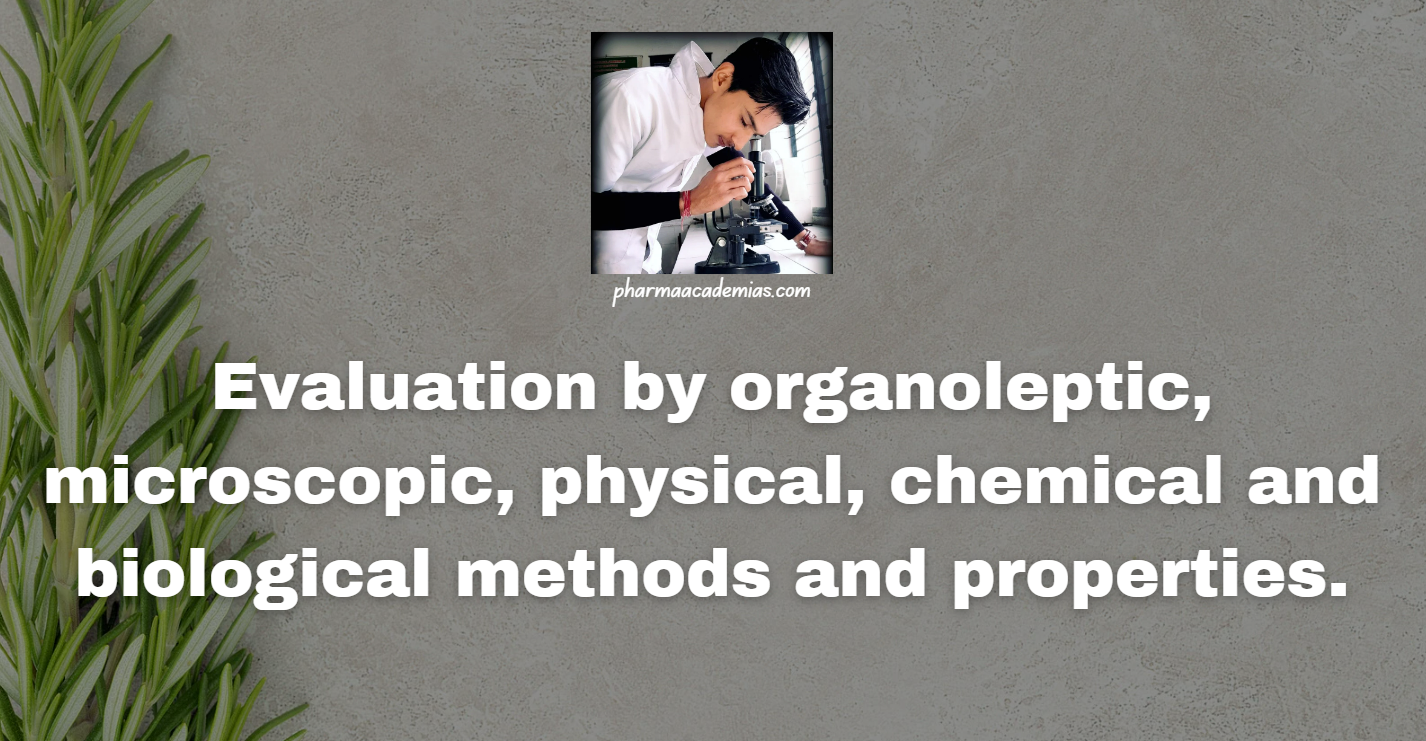Volatile Oils
Introduction Volatile oils, also known as essential oils, are concentrated hydrophobic liquids containing volatile aroma compounds extracted from plants. They are termed “volatile” due to their ability to evaporate at room temperature, thus readily releasing their aromatic components into the air. These oils are responsible for the characteristic fragrances of plants and are widely used … Read more



